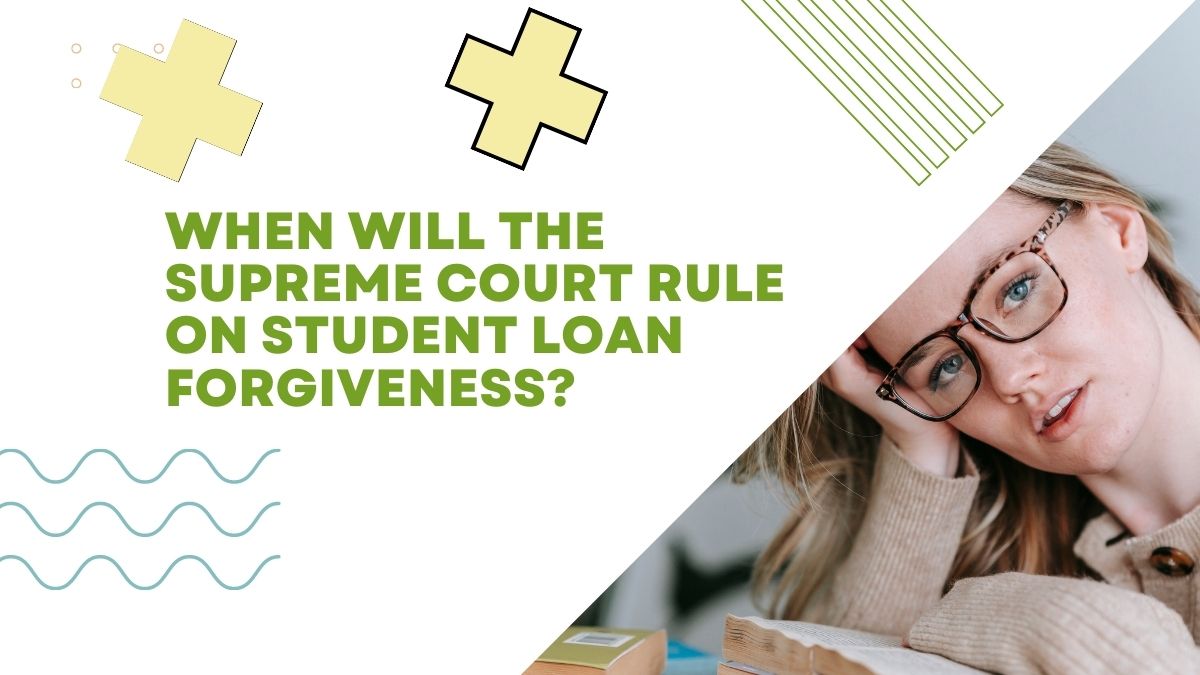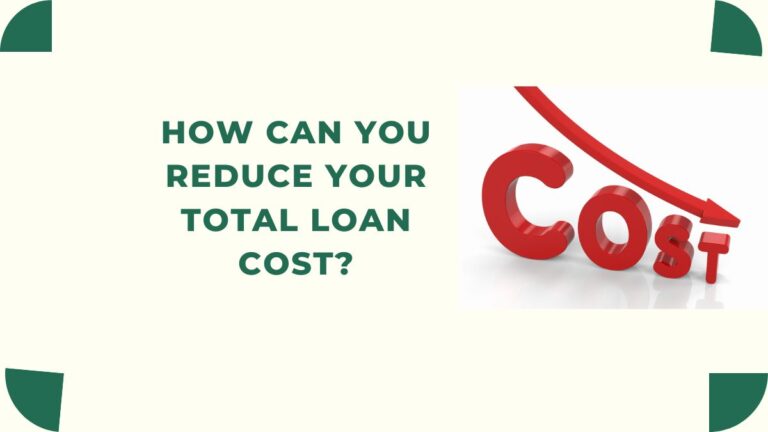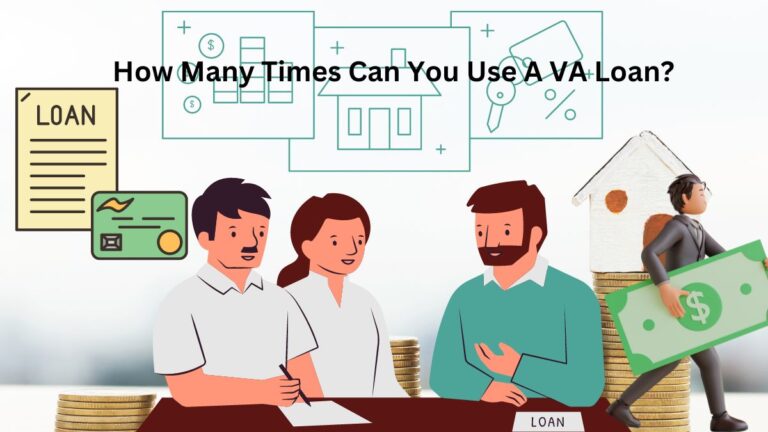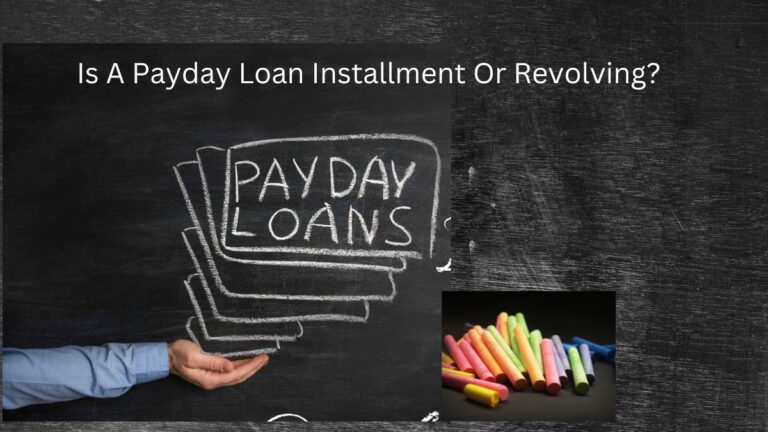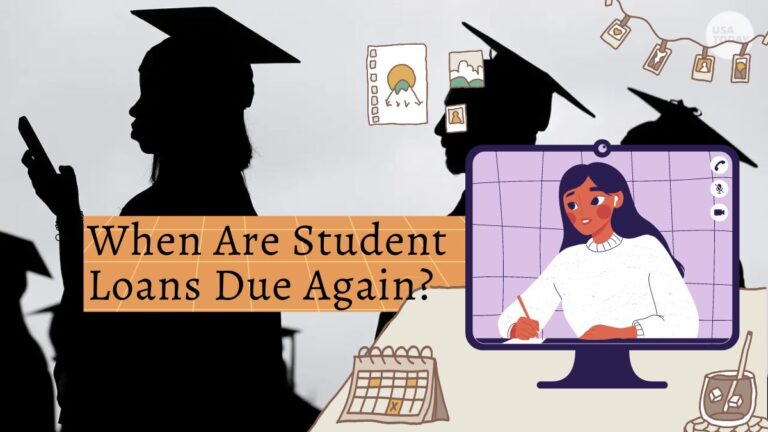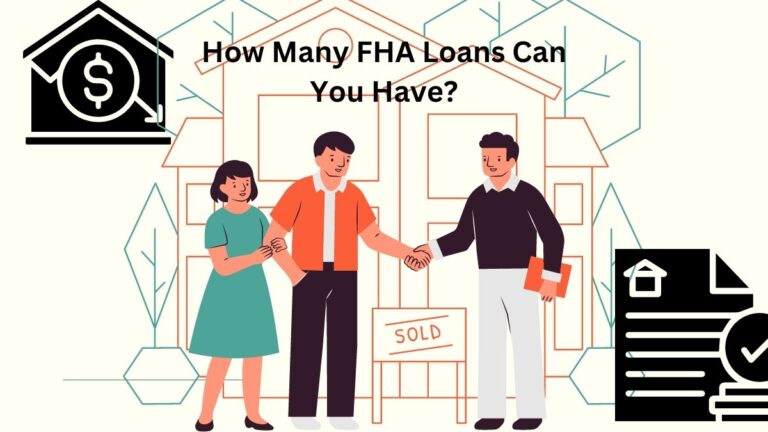When Will The Supreme Court Rule On Student Loan Forgiveness?
Are you drowning in student loan debt? Dreaming of a day when your financial burden could be lifted through Student Loan Forgiveness? Well, you’re not alone. Millions of Americans are anxiously waiting for clarity on this pressing issue. The Supreme Court’s ruling on student loan forgiveness could have far-reaching implications, potentially changing the lives of countless borrowers across the nation.
The Different Types of Student Loan Forgiveness
Student loan forgiveness is a hot topic of conversation these days. With the rising cost of education and the burden of student loans, many individuals are looking for ways to alleviate their financial strain. The good news is that there are several different types of student loan forgiveness programs available, each with its own set of eligibility requirements and benefits.
One common type of student loan forgiveness is Public Service Loan Forgiveness (PSLF). This program was created to incentivize individuals to work in public service jobs by offering debt relief after 120 qualifying payments. To be eligible for PSLF, borrowers must be employed full-time by a qualifying employer, such as a government or non-profit organization.
Another option for student loan forgiveness is Income-Driven Repayment (IDR) plans. These plans calculate your monthly payment amount based on your income and family size, and after making consistent payments for a certain number of years (usually 20 or 25), any remaining balance may be forgiven.
Certain professions also offer specialized loan forgiveness programs. For example, teachers who work in low-income schools may qualify for Teacher Loan Forgiveness if they meet specific criteria. Similarly, healthcare professionals who practice in underserved areas may be eligible for the National Health Service Corps Loan Repayment Program.
While these options provide some relief, it’s important to note that not all borrowers will qualify for complete loan forgiveness through these programs. Additionally, changes in legislation or court rulings could impact the availability and eligibility requirements for these programs in the future.
What the Supreme Court Ruling Could Mean for Student Loan Forgiveness?
The Supreme Court ruling on student loan forgiveness has been highly anticipated by borrowers across the country. This decision could have significant implications for those struggling to repay their loans and seeking relief.
One possible outcome of the ruling is that it may provide clarity on the eligibility criteria for different types of student loan forgiveness programs. Currently, there are various options available, such as Public Service Loan Forgiveness (PSLF) and Income-Driven Repayment (IDR) plans. However, these programs have specific requirements that can be confusing and difficult to navigate. A Supreme Court decision could potentially streamline these criteria and make it easier for borrowers to understand if they qualify for forgiveness.
Another aspect that the ruling might address is the amount of debt that can be forgiven through these programs. Currently, there are caps on how much debt can be discharged under certain forgiveness options. The Supreme Court’s decision could impact these limits and potentially allow more borrowers to have a larger portion of their debt forgiven.
Only time will tell what exactly the Supreme Court’s ruling will mean for student loan forgiveness. It has undoubtedly piqued interest among both borrowers and policymakers alike who eagerly await guidance from our nation’s highest court.
Alternatives to Student Loan Forgiveness
When it comes to student loan forgiveness, the Supreme Court ruling can have a significant impact. But what if the ruling doesn’t go in favor of borrowers? Are there any alternatives available for those struggling with their student loan debt?
- One option is income-driven repayment plans. These plans calculate your monthly payments based on your income and family size, making them more manageable for many borrowers. They may extend the length of time you have to repay your loans but can provide much-needed relief.
- Another alternative is refinancing your student loans. By refinancing, you can potentially secure a lower interest rate and save money over time. However, keep in mind that this option may not be suitable for everyone, as it requires good credit and financial stability.
- For some individuals who work in public service or certain fields, loan forgiveness programs specific to their profession could be an alternative worth exploring. These programs often require a commitment of several years of service but can result in significant portions of the borrower’s debt being forgiven.
- Additionally, seeking employment opportunities that offer tuition reimbursement or assistance programs might help alleviate the burden of student loans while furthering one’s career goals.
- It’s important to remember that these alternatives are not one-size-fits-all solutions and should be carefully considered based on individual circumstances and financial goals.
Conclusion
As we eagerly await the Supreme Court’s ruling on student loan forgiveness, it’s important to understand the potential impact this decision could have on millions of borrowers. Whether they are seeking relief through federal programs or exploring alternate options, the outcome of this case has the potential to shape the future of student loan repayment.
While it remains uncertain when exactly the Supreme Court will rule on student loan forgiveness, it is clear that this issue is at the forefront of public discourse and political debate. As we continue to navigate these challenging times, it’s crucial for borrowers to stay informed about any updates or developments in their pursuit of financial freedom.
